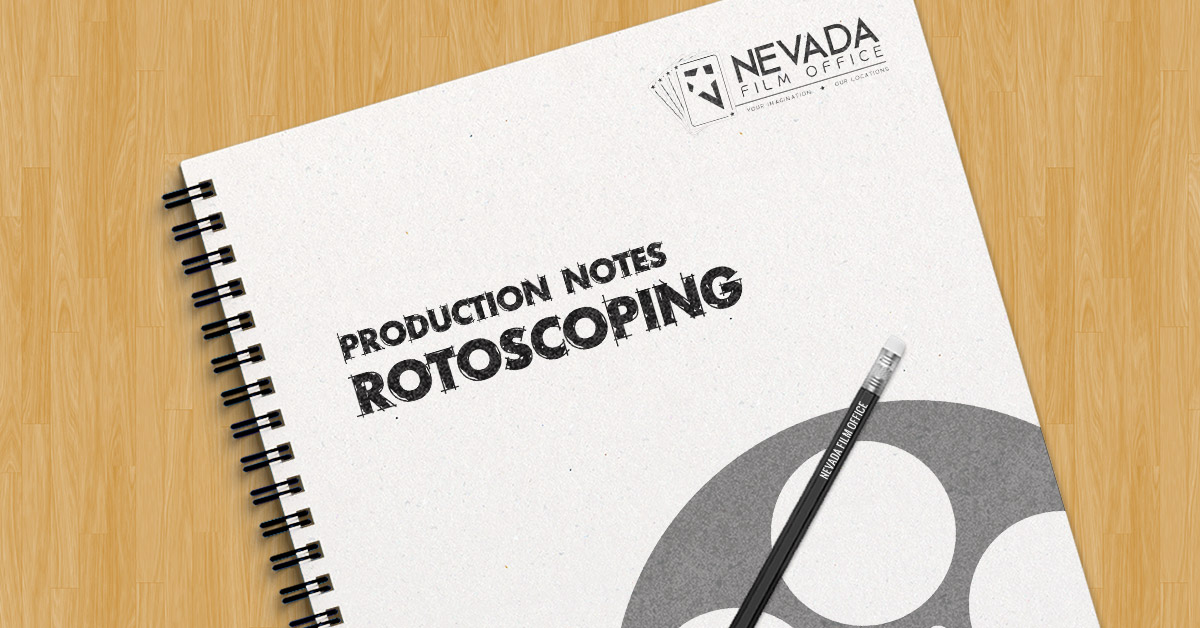Community, Leadership, Experimentation, Diversity, & Education
Pittsburgh Arts, Regional Theatre, New Work, Producing, Copyright, Labor Unions,
New Products, Coping Skills, J-O-Bs...
Theatre industry news, University & School of Drama Announcements, plus occasional course support for
Carnegie Mellon School of Drama Faculty, Staff, Students, and Alumni.
CMU School of Drama
Tuesday, November 06, 2018
Production Notes: Rotoscoping
Nevada Film Office: Rotoscoping is an animation technique in which artists trace outlines of objects and people, frame-by-frame, from live-action film in order to create more realistic animated sequences of gestures, movement, facial expressions, clothing, and even hair. It is also used for the purpose of extracting or separating the object or person from the footage.
Subscribe to:
Post Comments (Atom)

3 comments:
I’ve always really enjoyed animation since I was a little kid, Studio Ghibli being a big part of it. As I got older and more skilled with art myself, I’ve become more interested in the animation process. Recently I learned about rotoscoping and how that’s used in filmmaking. One of the most interesting uses of rotoscoping that I’ve seen was the movie “Loving Vincent,” directed by Dorota Kobiela and Hugh Welchman, made entirely up of a series of paintings. It’s about a man who goes to Vincent Van Gogh’s last hometown to deliver a letter, and the things he learns about the painter’s death and life. In the movie, when it flashes back to Vincent’s past, the style of the paintings change from Van Gogh’s ionic style, to a much more realistic black and white painted style. These flashbacks were acted out by actors on sets made to look like the actual scenes, which then were used and rotoscoped by the artists painting the movie. I personally have really been wanting to try animation and rotoscoping for a while now, and while I don’t have any time to play around with it during school, perhaps over the breaks I’ll be able to try it out.
I had absolutely no idea what rotoscoping was, or that it even existed, before this video. But I have come to learn that it is actually a very useful tool. Rotoscoping is the central technique for any kind of continuous animation with different effect and emotions tied into it. In design class we are doing something very similar to an animation. We are creating a pattern that needs to be repeated exactly the same throughout, and I will look into more rotoscoping to potentially help me with my project. Although rotoscoping is very useful, it is also very tedious and, as expressed in the article, sometimes a waste of time. I feel like the feeling of something being a waste of time is a popular opinion when working. The things that take the most time are most often than not the things that end up succeeding. I think without the determination to make that specific project exactly the way you want it , rotoscoping might seem like a waste of time, but when trying to achieve perfection I think rotoscoping is a very useful tool.
I have done some rotoscoping for an undergraduate digital media art project. I think I aged a few years in the process. I did not have any of the tools (or, at least, was unaware of them) mentioned in the video; I had to draw over every frame in Photoshop. It is clear to me that if even the best way to do it is a pain, as described in the video, there is no escape from the frustration. It takes forever, and it can feel like it is not worth it, particularly if you’re doing it on a granular level like the video shows. However, there are films that use rotoscoping as a stylized tool; they break down the images into flats and use big blocks of color to replace the video. It is shown in the video largely as an editing or special effects technique, it seems, but filmmakers will occasionally decide to rotoscope as an artistic choice.
Post a Comment